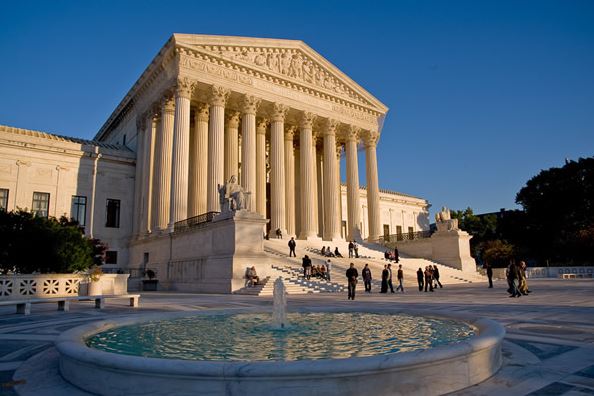(Note: This is the second part of two-part column covering the sixth annual Association for the Study of Peak Oil (ASPO-International) Conference, held recently in Washington, D.C.)
Before continuing the survey of events in Washington during the ASPO-International conference, a clarification is in order. The speakers and attendees were people with a deep concern for the future of this nation, if not the world, and their concern was based on continuing research on the substance that makes the world function ”“ oil.
The speakers were not, generally, coming from an environmental perspective. The presence of so many financial planners further suggests a deep anxiety about the future of the U.S. economy in the absence of cheap oil.
To understand the economics of energy one must understand EROI ”“ energy return on investment ”“ a topic that came up frequently during the course of the conference.
When an energy resource costs more to get it to the customer than what it is worth in usable energy we have hit a wall. All energies are ranked against the energy return on oil, 10 to 1 in the early days when oil was just spurting out of the ground. Not any more.
Since we have already burned through the easy stuff the ratio is more like 4 to 1 today. What is left in many reserves is sour heavy crude, difficult to pull up and expensive to refine.
”˜Insidious feedback”™
According to Jeremy Gilbert of Barrelmore Ltd., oil discoveries peaked decades ago. The cost of drilling is creating a volatile atmosphere in terms of ecological and human destruction. Because of the astronomical investment required for oil drilling, stability is required; pretty scarce these days.
Again, we need to be reminded that the price of oil, and therefore the availability of oil, is determined by the long-term investment required.
According to Gilbert, the BP spill in the Gulf of Mexico gave the first hint to the general public of the dangers inherent in deep-sea drilling, even if it has been going on for years, with countless smaller spills a constant part of the operation.
Talk of drilling in the Arctic is a further demonstration of the desperation of the major suppliers to keep supplying oil to the world. The EROI on all drilling operations is, quite predictably, becoming less favorable. As Dave Murphy of the EROI Institute, SUNY College of Environmental Science and Forestry, said, “EROI provides an insidious feedback.”
At what price?
When it comes to shale gas there is an even more volatile scene. Arthur Berman of Labyrinth Consulting Services Inc., under the heading “Natural Gas Abundance or Mirage?” gave a superb analysis of this terrain. According to Berman, shale gas is only marginally positive commercially.
The costs of gas drilling using the far more environmentally dangerous hydro-fracking process may cost as much as the value of the gas drilled. The reserves appear to be greatly overstated. Claims that the Barnett shale would last for 65 years are just not realistic.
Regarding the potential for fracking in the Marcellus shale the picture becomes even murkier. Because of the dense population and high property values in the New York region the EROI is not at all clear.
The issue comes down to what is included in the cost of this or any other gas-drilling operation. Does one confine the cost of drilling to those right on the site or does one start at the beginning of the process, including the human cost and damage remaining after the operation ceases?
The most alarming aspect of this process is the damage to water resources, already becoming scarce globally. There is no substitute for water. What we drink today is the same resource the dinosaurs drank.
Something to think about.
Surviving the Future explores a wide range of subjects to assist businesses in adapting to a new energy age. Maureen Morgan, a transit advocate, is on the board of Federated Conservationists of Westchester. Reach her at maureenmorgan10@verizon.net.


















